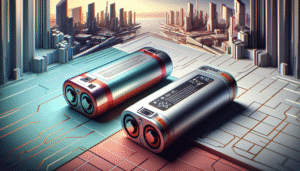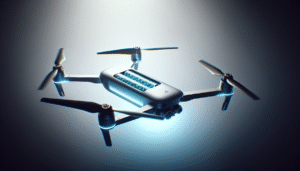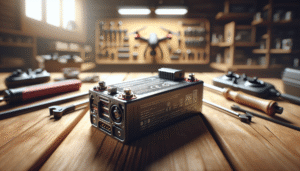Have you ever wondered what exactly makes a drone tick, or more precisely, what makes it fly? Imagine taking a peek under its hood and finding a neat orchestration of components working in harmony. Among these, the drone power distribution board stands as an unsung hero, channeling energy to keep everything in motion. Join me as we embark on this exploration to unpack the mysteries of the drone power distribution board, a beginner’s guide to one of the most crucial components of these airborne marvels.
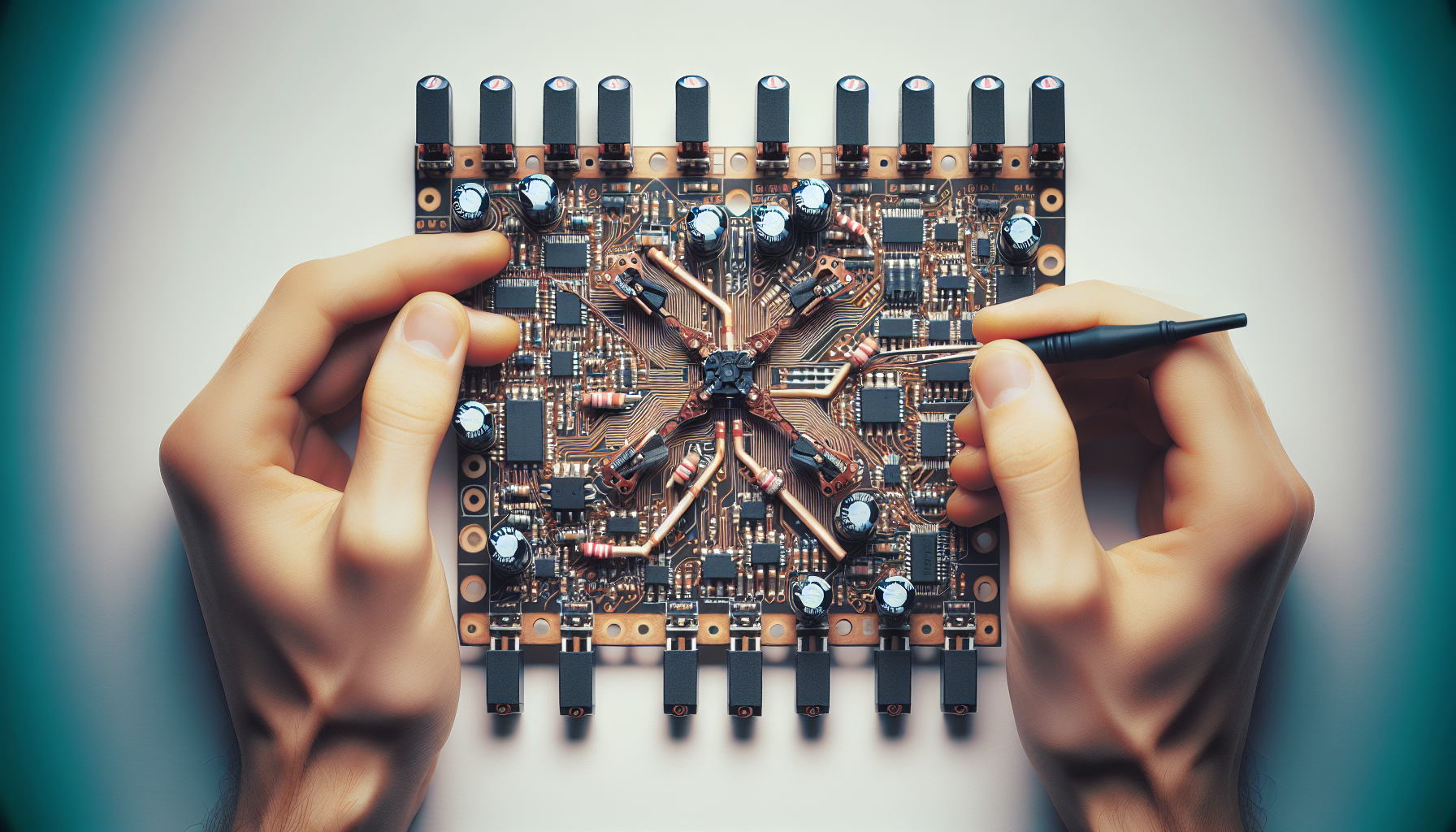
Understanding the Drone Power Distribution Board
Before diving into the intricacies, let’s start by understanding what a drone power distribution board is. Picture a central nervous system composed of pathways distributing energy rather than neural signals. Essentially, that’s what a power distribution board does for a drone. It ensures that electrical power from the battery reaches various components of the drone, including the motors, flight controller, camera, and other electronics.
The primary function is quite simple yet imperative for the smooth operation of drones: it distributes and manages power. It is indispensable in ensuring that each part of your drone receives the right voltage and current to function optimally.
Key Features of a Power Distribution Board
A quick look at these essential characteristics of a drone power distribution board can help paint a clear picture of its importance in drone technology:
- Voltage Regulation: Ensures consistency by converting the battery voltage to match the needs of the different components.
- Current Distribution: Facilitates evenly distributed power to ensure that no single component is deprived of the necessary energy.
- Circuit Protection: Incorporates fuses and diodes to safeguard against potential short circuits and overloads.
In many ways, understanding the power distribution board is vital for any drone enthusiast hoping to get more involved in DIY drone building or merely wanting to maintain their ready-to-fly (RTF) drones more effectively.
Components and Materials
Delving deeper into what comprises a power distribution board, let’s consider its major components and materials. This will provide a better understanding of what makes these boards both efficient and adaptable.
Common Components
| Component | Function |
|---|---|
| Copper Traces | Conduct electrical power throughout the board using thick copper for efficient conduction. |
| Solder Pads | Serve as the contact points where wires can be soldered for different components, maintaining secure and reliable connections. |
| Input/Output Points | Provide access for power to enter from the battery and exit to various components. |
| Voltage Regulators | Regulate the voltage to ensure it remains suitable for drone components, protecting them from damage. |
| Fuses and Diodes | Protect the board and components connected to it from electrical hazards. |
Materials Used
Most power distribution boards are crafted using:
- FR4 Fiberglass: Known for its durability and ability to withstand high temperatures.
- Copper Layering: Ensures excellent conductivity and minimal energy loss during transmission.
The choice of materials is crucial, as these boards need the resilience to endure the rigors of both flight and external environmental factors like moisture and vibration.
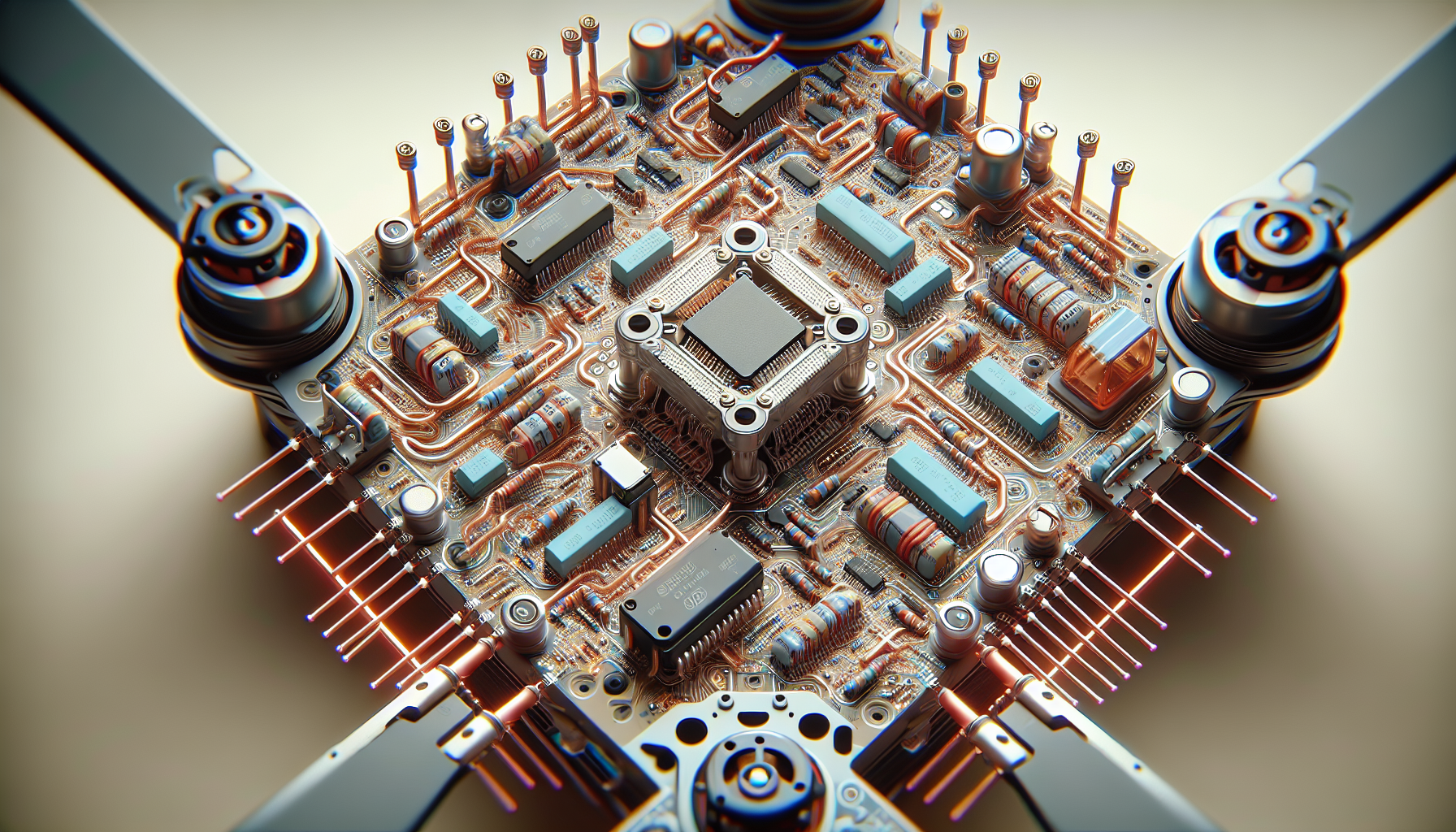
Installation and Integration
Now, installing a drone power distribution board sounds like a rather technical endeavor, but let’s break it down. Whether you’re building a drone from scratch or swapping out an existing board, the process will largely follow similar steps.
Basic Steps for Installation
- Planning Layout: Assess the structure of your drone and where the board needs to be installed. Consider the position for optimal wiring organization.
- Mounting the Board: Secure the board within the drone chassis using mounting holes strategically positioned for a firm and stable fixture.
- Soldering Connections: Apply the correct soldering techniques to connect power leads from the battery and output leads to various drone components. This step requires precision to avoid creating electrical shorts.
- Testing Connections: Use a multimeter to check the continuity of connections and ensure voltage levels are accurate. This helps to avert potential malfunctions before the maiden flight.
- Securing Wiring: Neatly bundle and secure wires with zip ties or heat shrink tubing to prevent them from snagging during operation.
This hands-on task might seem intricate, but with patience and the right tools, it becomes a rewarding experience, allowing you to personalize and modify your drone to fit your needs.
Troubleshooting Common Issues
Just like anything else in life, things occasionally go awry. The good news is, power distribution boards are generally straightforward to troubleshoot.
Common Problems
- Poor Solder Connections: Cold solder joints can lead to intermittent power supply. Re-soldering connections is usually an effective solution.
- Voltage Discrepancies: If components aren’t receiving the correct voltage, inspect and replace malfunctioning voltage regulators.
- Overheating Components: Ensure your drone isn’t overburdened. Heat sinks or additional cooling might be necessary if overheating persists.
- Burnt Out Circuits: Occurs often when a short circuit happens; replace affected paths and reinforce with correctly rated components.
Being proactive in maintaining your power distribution board not only prolongs its life but also enhances the reliability of your drone every time it soars into the sky.
The Evolution and Future of Power Distribution Boards
In understanding these boards, one might wonder how they have evolved and what the future holds. It’s intriguing to consider the technological advancements that continuously shape the world of drones.
Current Trends
Already, power distribution boards are becoming increasingly compact without compromising capability. Innovations like integrated PDBs within flight controllers are gaining sympathy among designers interested in reducing weight and improving efficiency.
Future Expectations
As drone technology advances, expect to see even more integrated systems, possibly all-in-one solutions that combine power distribution with advanced flight control electronics. Emerging materials and nanotechnology may lead towards even more durable and lightweight boards, further enhancing a drone’s capabilities.
Why It Matters
So, why does understanding the drone power distribution board matter? For one, it empowers you to make informed decisions whether you are buying, building, or flying drones. Knowing what’s inside helps in troubleshooting problems and potentially making successful upgrades to fine-tune drone performance.
Drones are more than just flying gadgets; they’re part marvels of technology, part canvases for imagination. The power distribution board is one piece of that splendid puzzle, a silent director working backstage ensuring your flights are safe and enjoyable.
Next time you send your drone skyward, ponder the balanced symphony of components making that happen, and give a little nod to the simple, yet powerful board quietly conducting the unseen orchestra.
